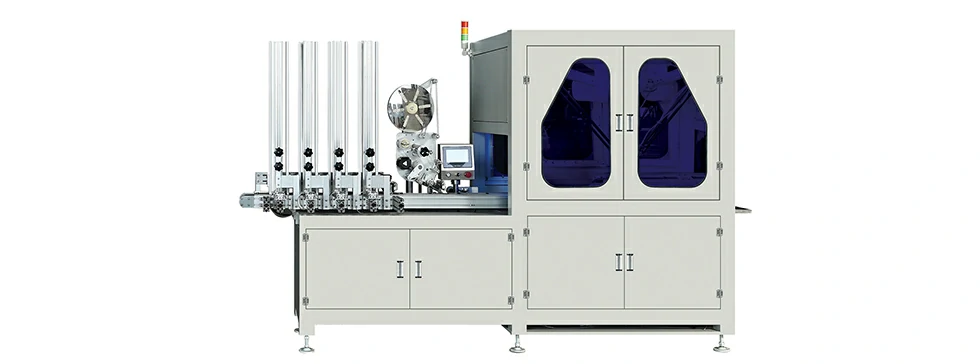Designing a wet wipe lid capping machine for use in cosmetic products requires careful consideration of several factors to ensure efficient and hygienic operation.
Here are some key considerations:
- Material Compatibility: The lid capping machine should be compatible with a variety of packaging materials commonly used in cosmetic products, such as plastic, glass, or metal containers. The machine’s components and contact surfaces should be constructed from materials that are resistant to corrosion, chemical exposure, and abrasion.
- Hygiene and Cleanliness: Given the sensitive nature of cosmetic products, the lid capping machine must be designed to maintain strict hygiene standards. This includes features such as easy-to-clean surfaces, sanitary construction materials, and accessible inspection points for routine cleaning and maintenance.
- Gentle Handling: Cosmetic products may contain delicate formulations or fragile packaging materials that require gentle handling during the capping process. The machine should incorporate mechanisms to minimize friction, pressure, or impact on the product and packaging to prevent damage or deformation.
- Adjustability and Versatility: The lid capping machine should be adjustable to accommodate various container sizes, shapes, and closure types commonly used in cosmetic products. Quick-changeover mechanisms and tool-less adjustments enhance versatility and minimize downtime during production runs.
- Precision and Accuracy: Consistent and accurate capping is essential for cosmetic products to maintain product integrity and prevent leakage or contamination. The lid capping machine should be equipped with precise torque control mechanisms, vision inspection systems, or sensors to ensure proper closure application within specified tolerances.
- Seal Integrity: Cosmetic products often require a hermetic seal to preserve freshness and prevent moisture or air ingress. wet wipe lid capping machine The lid capping machine should apply closures with sufficient force to achieve a tight seal without over-tightening or damaging the packaging.
- Labeling Integration: In some cases, the lid capping machine may be integrated with labeling equipment to apply labels or tamper-evident seals to the containers after capping. Considerations for seamless integration and alignment between capping and labeling processes should be taken into account during machine design.
- Compliance with Regulations: Cosmetic products are subject to regulatory requirements governing packaging and labeling standards. The lid capping machine should comply with relevant regulations and industry standards to ensure product safety, consumer protection, and legal compliance.
- Ease of Operation and Maintenance: User-friendly interfaces, intuitive controls, and ergonomic design features contribute to the ease of operation and maintenance of the lid capping machine. Clear documentation, training, and technical support should be provided to operators to maximize efficiency and uptime.
- Production Speed and Efficiency: The lid capping machine should be designed for high-speed operation to meet production demands in cosmetic manufacturing facilities. Efficiency-enhancing features such as automatic feeding, sorting, and rejection systems can help optimize throughput and minimize downtime.
By addressing these considerations, designers can develop a wet wipe lid capping machine tailored to the specific requirements and challenges of cosmetic product packaging, ensuring reliable performance, product quality, and compliance with industry standards.
